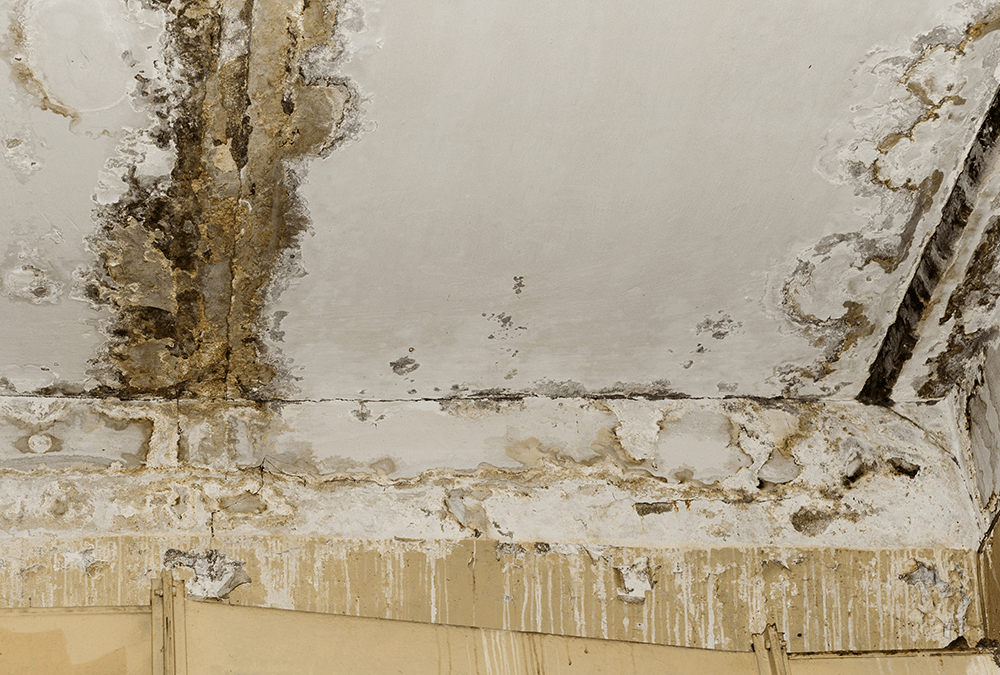Exactly How to Help Prevent Water Damage in Your Bathroom
Exactly How to Help Prevent Water Damage in Your Bathroom
Blog Article
Just about every person maintains their own unique way of thinking on the subject of How to Repair and Prevent Bathroom Water Damage.

The washroom is extremely susceptible for wet accumulation as well as prospective water damages due to the regular use water in it. This article provides basic examination techniques to help finding water damages hazards.
The regular use water in the washroom makes it extremely susceptible for damp buildup and also potential water damage. By examining it on a regular basis, you can lower water related damages.
The complying with collection of assessments is very easy to perform and ought to be done when in every 3 months in order to maintain your washroom healthy and also to prevent potential water damages caused by the tub, the shower, pipe joints as well as plumbing, sinks, cupboards, as well as the bathroom
Do not disregard executing these examinations and also be thorough while performing them. Keep in mind that these straightforward inspections can conserve you a great deal of cash by giving very early signs for water damages
Tub as well as Shower
The shower as well as tub need special interest and upkeep. Examine the floor tiles and also change if split. Ensure that there is no missing grout between the floor tiles. Evaluate and also change split caulking at joints where the walls meet the floor or the bath tub. Obstructed drains pipes as well as pipes problems will certainly protect against the bath tub from drying and may show significant issues below the bathtub. Consult with a specialist quickly to stop architectural damages. Focus on discolorations or soft areas around the bath tub walls as they may show an inner leak.
Plumbing
Signs for water damage are tough to find because the majority of pipelines are set up inside the walls.
Pay unique interest to flooring and also walls moisture and also spots as they may show an unnoticeable plumbing problem. Examine wetness degrees in adjacent rooms too.
Sinks as well as Cabinets
Sinks and closets are exposed to dampness as well as humidity everyday and are commonly forgotten. Examine consistently under the sink and on the kitchen counter above it. Repair any type of drip in the catch as it may recommend drainpipe problems. Check out the sink, slow draining pipelines might indicate an obstructed drainpipe. Replace sink seals if they are split or loose.
The Bathroom
The commode is a vulnerable water junction. Examine the water lines and search for leaks around the commode seat, in the hose pipe, and also under the water tank. If you find any indications of moisture on the floor around the commode, check for leakages in the toilet edge as well as container seals.
Be aware that hanging bathroom dish deodorants boosts the chances for blockages.
10 TIPS TO PREVENT WATER DAMAGE IN THE BATHROOM
The average household uses approximately 80-100 gallons of water per person per day. For a family of 4, that's almost 2,500 gallons of water a week! The largest portion of this consumption comes from bathroom use. Flushing the toilet uses the most water, followed by taking a shower or bath. With that much water running through the home, water damage in the bathroom is bound to happen. Knowing how to spot signs of a water leak is essential to preventing long-term damage. This guide provides you with tips to reduce the impact of water damage on your bathroom.
CAUSES OF BATHROOM WATER DAMAGE
Pipe breaks are the most common cause of water damage we see in our daily jobs. The age of a pipe plays a large role in a pipe break as well as corrosion. Over time, the metal begins to break down, allowing water to escape. Frozen pipe breaks are also a concern in the winter months. Toilet overflows caused by paper products or children flushing inappropriate items. Degraded caulking around the toilet or bathtub can allow water seepage, sometimes behind the fixture, into the subfloor or walls. Condensation forms when the water in a pipe is cooler than the air temperature. Beads of water form on the exterior of the pipes, sometimes so much so that the water begins to drip and pool below. Sink or shower backups created by poor drainage. HOW TO PREVENT WATER DAMAGE IN YOUR BATHROOM
Inspect your toilet supply line for worn or frayed hoses and replace them as needed. Winterize your plumbing to prevent a frozen pipe break. Use vent fans to prevent condensation that can lead to mold growth. Routinely check and replace degraded caulking around your toilet or bathtub. Increase the temperature in your toilet tank and insulate your pipes during the warm summer months to keep condensation from forming. Use child safety locks on the toilets. Flush only toilet paper. "Flushable" wet wipes are actually not good for your plumbing system. Additionally, feminine hygiene products should not be flushed. Prevent water from escaping the tub or shower. Make sure shower curtains are in good condition. Inspect shower doors and replace the seal strip if necessary. Wipe up any water that accumulates on the floor and use bath mats. Water left to sit can cause damage to the tiles and flooring. Refrain from using bath products containing heavy oils to avoid a clogged drain.

We hope you enjoyed reading our piece on Looking for Signs of Water Damage in the Bathroom. Many thanks for taking a few minutes to browse our piece. For those who liked our blog entry plz be sure to share it. Kudos for your time. Visit us again soon.
Get Your Estimate Now Report this page